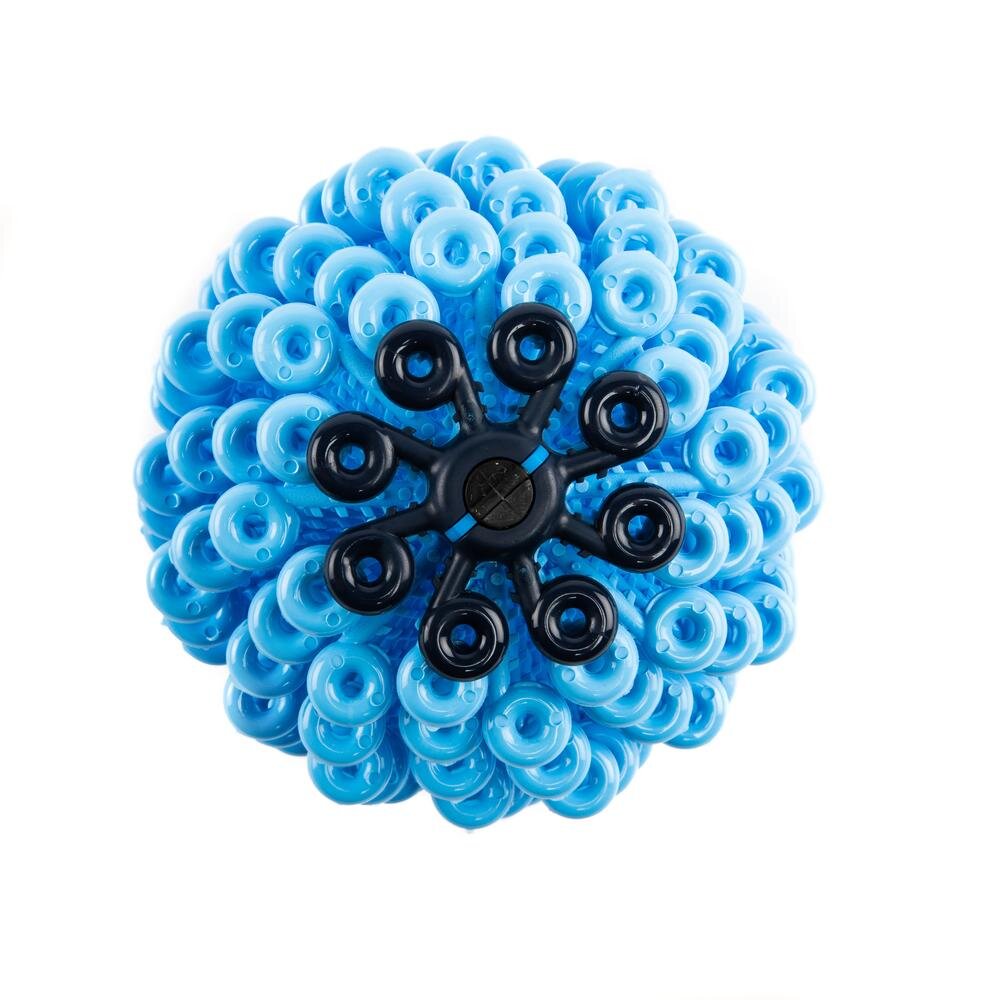Why? Because they’re invisibly turning our oceans into a deadly plastic soup.
MINISCULE FACT
A typical 6kg household load, can shed as much 700,000 micro fibres.
Microplastics, as the name suggests, are tiny particles of plastic, less than 5mm in size (some are smaller than a red blood cell!). They’re pretty much everywhere from the deepest parts of our oceans to the stomachs of sea creatures and…even in our own poo…
They’re often the result of larger bits of plastic (think all those bottles and bags) breaking down over time. And whilst we’re making good headway on that front, this week, we’re looking at the stealthy microplastics that are released when we wash our clothes.
The shocker is that most of our clothes are made of plastic. The worst offenders are synthetic fleeces, but also anything made from polyester, nylon or acrylics. Even the polyester items marketed as being environmentally friendly - because they’re laudably made from recycled plastic bottles - aren’t really as they still have the same destination… the oceans. Worse, once microplastics enter the sea they absorb nasty chemicals. The toxic fibres are then swallowed by marine life, and if that’s not bad enough for the poor fish, they potentially pass them, along with the plastic, up the food chain. It’s estimated we ingest 5g of plastic (the weight of a credit card)…every week…what?!!
So, what do we do?!
Like any good strategy, first base is to go to the source:
Avoid high plastic-content clothes.
Buy natural fibres which biodegrade - a wool fleece vs an acrylic one for example.
Buy less and high quality. Microfibres shed the most when clothes are new.
Look for new sustainable fabrics like Tencel, increasingly widely available.
More general rules of thumb:
Wash less often. And before you protest, we often do much more than we need to.
Wash on lower temperatures and at lower spin cycles.
Fill the washing machine - less friction, so less likely to shed fibres.
Air dry rather than tumble dry - same reason.
Use either of these microplastic catchers with every wash. Both capture or filter the pesky microfibres. Not entirely of course, but they make a big difference. You then put the collected microfibres in the bin, shielding the waterways.
Will it cost me more?
The Guppy and Cora are built to last. As to clothes, yes natural fibres almost always cost more. Acrylics are made from cheap raw materials, which - among other reasons - is why manufacturers use them. But since we’re going for quality not quantity, in the long run…
Have something to ask or share with everyone? Please post it in the box below.
And…is there something you’re proud of, big or small (sponge replaced, bike repaired…) Email us, so we can feature you on our Weekly Shout Out. It’s a real boost for everyone!
We…
Aimee: Just blown away by the fact that plastic really is everywhere - never even thought about it in my clothes. I’ve started using the Cora ball - looks like something out of the Matrix! It can gobble up my microplastic fibres so I (and the fish) don’t have to.
Sonia: I was (ironically) a bit disappointed when there was no fluff when my guppy bag came out of the wash. Wot. Think it’s because most of my stuff isn’t new. Still, it goes in with every wash now and gets peered at...all eyes on the booby prize.
“Smaller even than the minnows”
Photo: Silas Baisch





